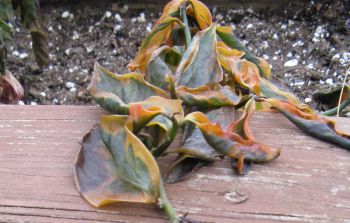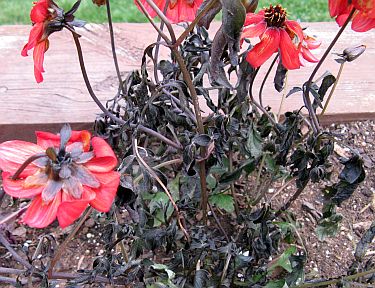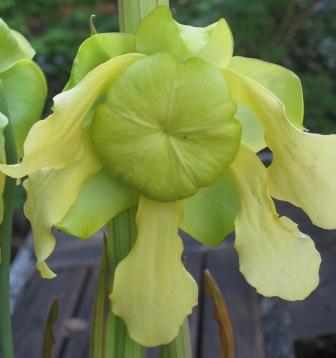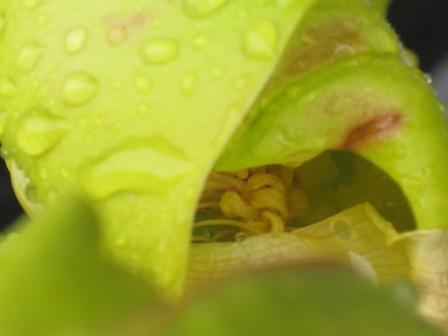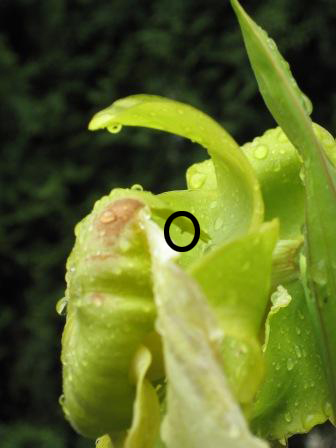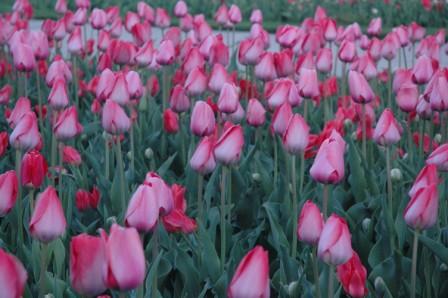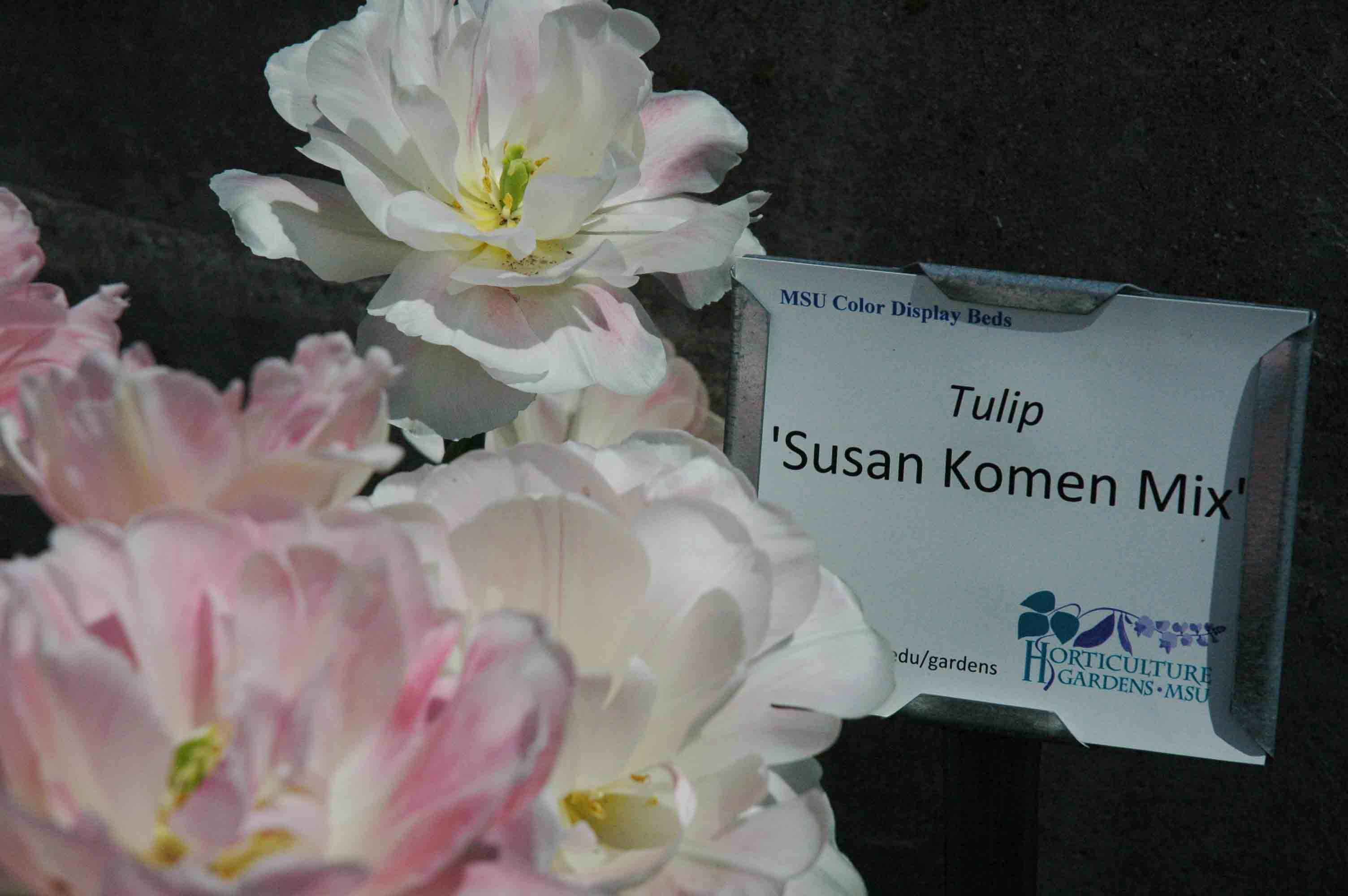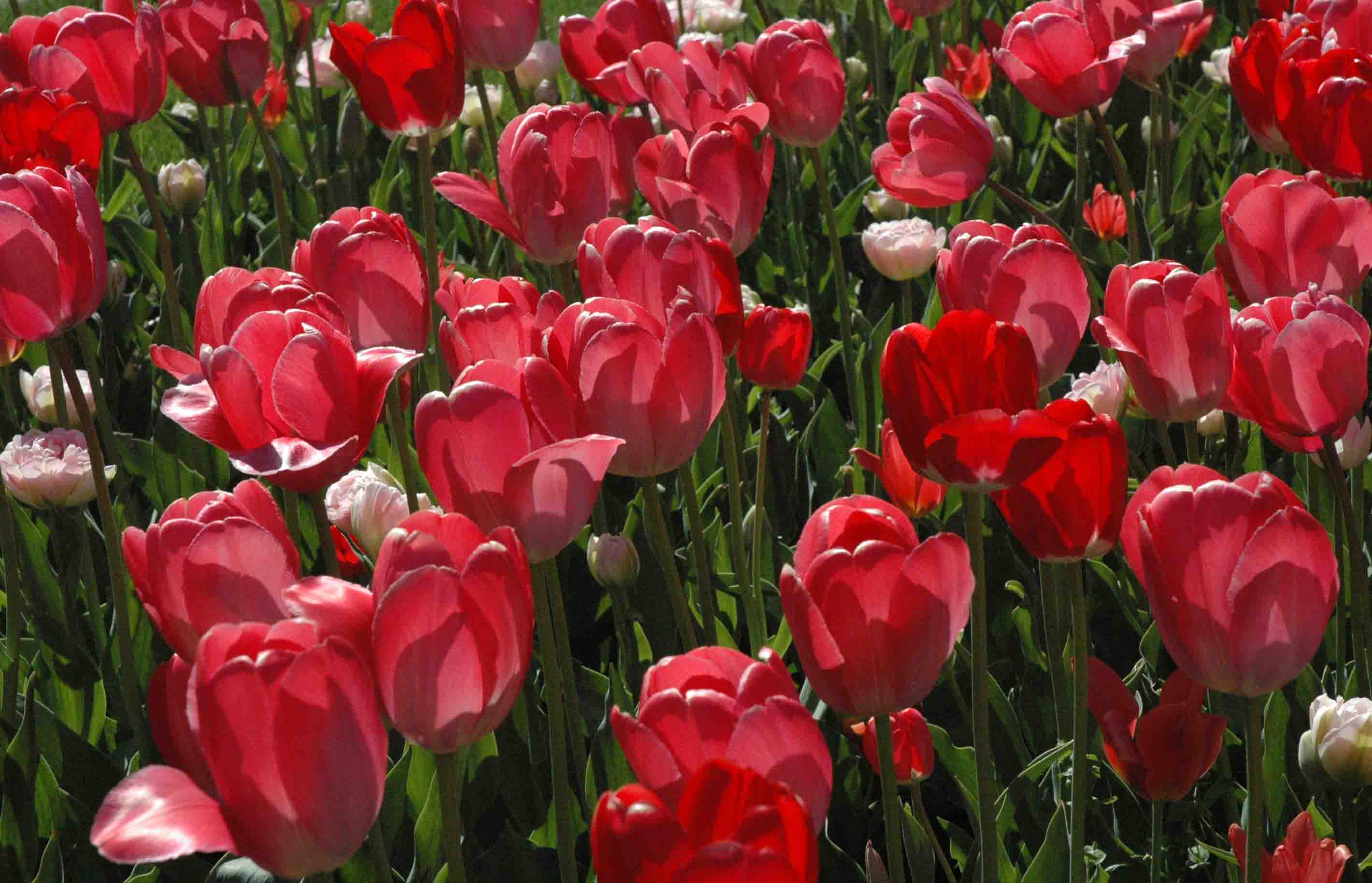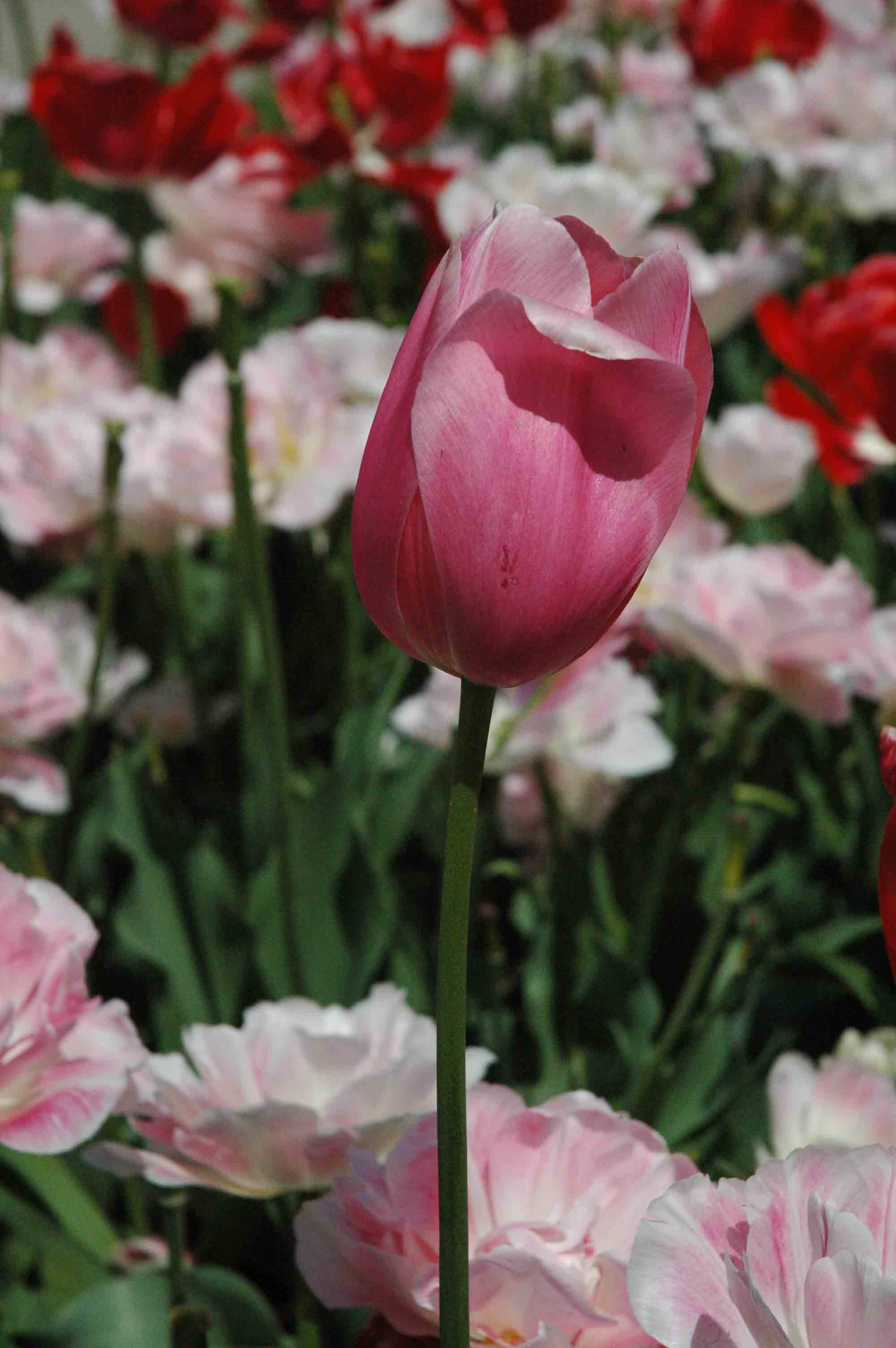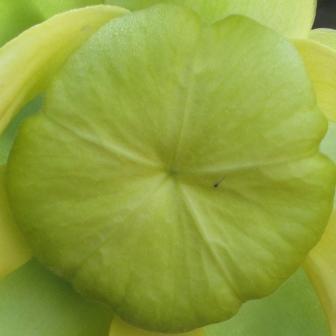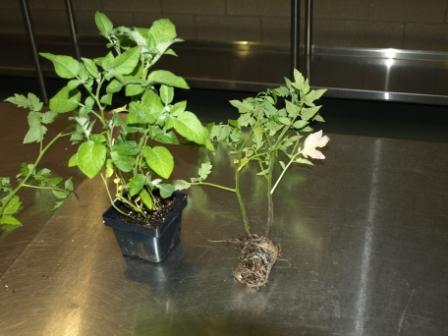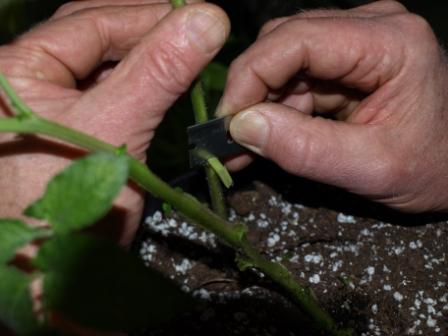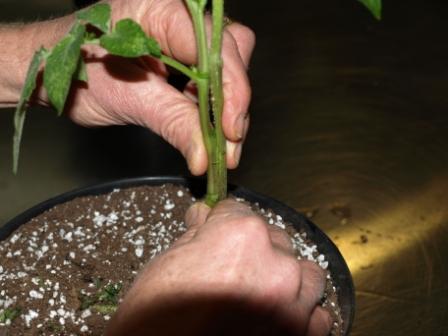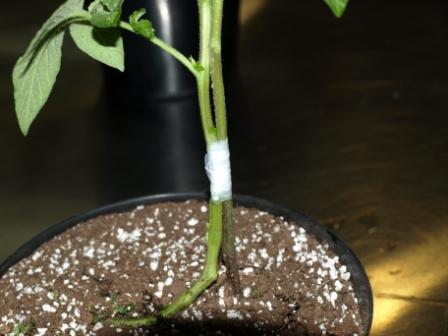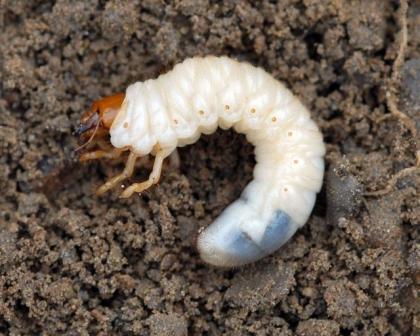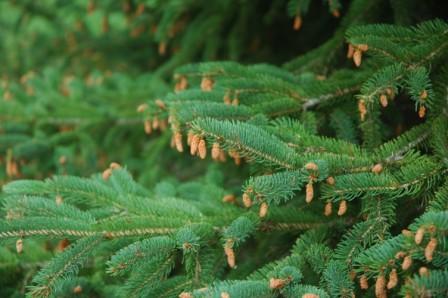One of the gardening topics I’ve researched extensively is the use of landscape mulches. (You can read a literature review I did a few years ago here.) So I was more than a little frustrated to see one of the worst mulching techniques – sheet mulching – extolled in the book Gaia’s Garden (pp. 85-90).
Sheet mulches, like newspaper and cardboard, can be used successfully as a temporary weed control measure (i.e. a few weeks before planting a vegetable garden). Long term, they are not a sustainable choice and often cause more damage to the system than the presence of weeds.
The two-dimensional structure of sheet mulches functions as a barrier to not only weeds but to the movement of air and water as well. While this may initially increase soil water retention since evaporation is reduced, over the long term they will create soils that are unnaturally dry. This condition is worsened on low-maintenance sites,where neglected sheet mulches easily dry out, causing rainfall or irrigation water to sheet away rather than percolate through.
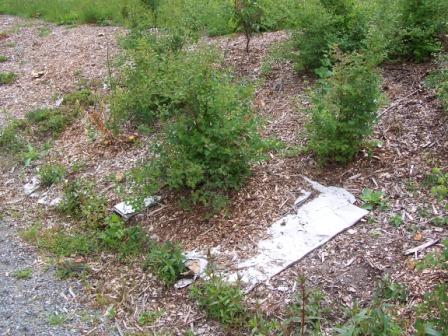
In contrast, wet, poorly drained soils will become even more so as layers of moist paper or cardboard restrict evaporation and aeration. Moreover, this condition encourages root growth on top of the sheet mulch, which can injure desirable plants when and if the sheet mulch is removed.
There are other disadvantages as well. Exposed newspaper and cardboard mulches are easily dislodged by the wind, animals and pedestrians and often provide food for termites and shelter for rodents such as voles. Combined with a somewhat marginal ability to control weeds compared to other organic mulches, sheet mulches are arguably one of the least attractive or effective choices for a sustainable landscape.
Sheet mulching proponents will argue that newspaper and cardboard are only part of the mulch structure – that organic materials such as compost and wood chips need to be added as well. To which I respond – then why bother with the sheet mulch? Why not just use deep layers of coarse organic materials? That’s exactly what forest duff layers consist of. It’s been repeatedly demonstrated that thick layers of coarse organic materials are the best and most natural choices for mulching. (See, for instance, my Ecological Restoration article on using a foot of arborist wood chips to suppress blackberry and enhance native plantings. )
The appeal of sheet mulching is its formulaic structure and logical approach – it’s like making lasagna (the name of yet another nonscientific approach to mulching). Unfortunately, sheet mulching is neither natural nor particularly effective.
